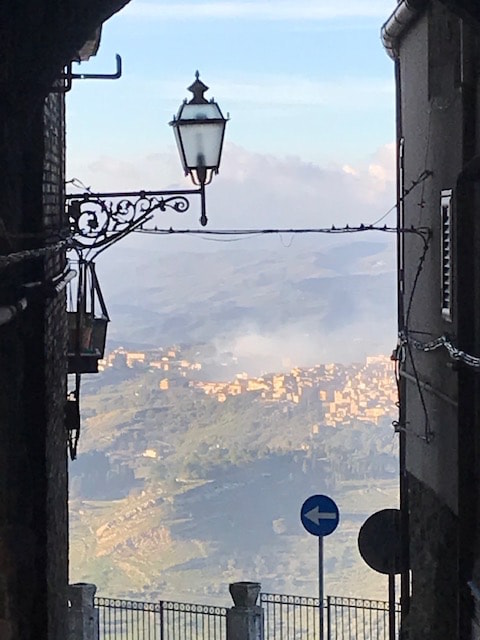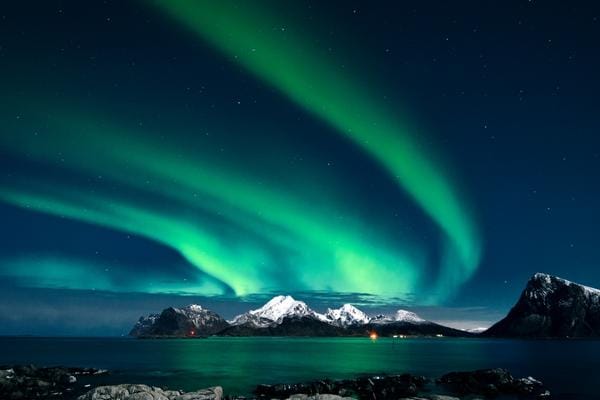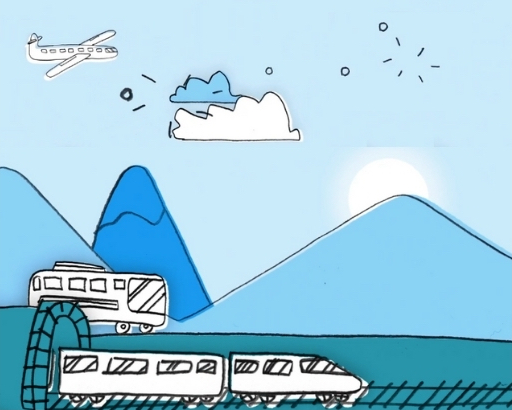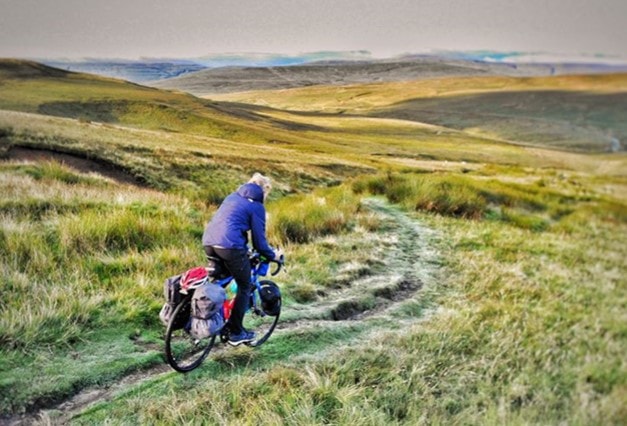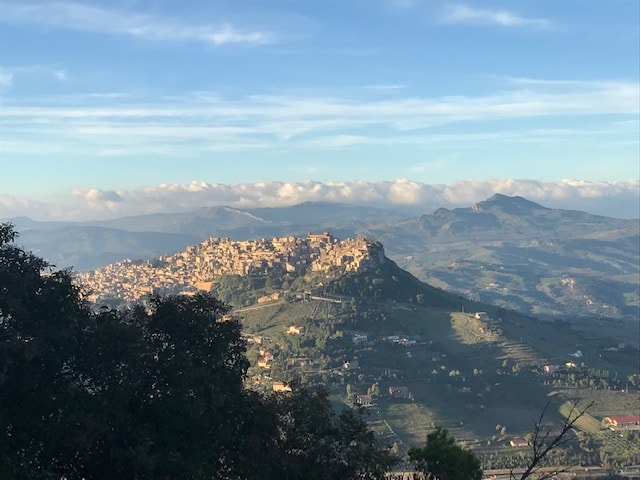
I’d often dreamed of European train adventures, but courage never matched imagination until I discovered the website seat61.com.
Trips to Germany and the Netherlands (how easy that was!) were followed by an expedition to Transylvania – I returned without experiencing too many horror stories. And that’s how I built up my confidence to take on Sicily, famous for volcanoes and classical civilisation, but also notorious for pickpockets and mafiosi.
The romantic in me chose the night sleeper from Paris, dining on board with a half bottle of chianti. The train follows the same route under the Alps as the Orient Express. In the morning, after an excellent barista-prepared macchiato, I alighted at Padua, and as I was in no rush, stayed there for a day and a night before heading to Rome for an afternoon and evening. From there I boarded a night train to Sicily.
One oddity about travelling to Sicily by train is that some of it is by train ferry. Long-distance day and night trains get shunted on board, cross the strait of Messina, and then continue, one half of the train hugging the north coast to Palermo, the other heading south to Taormina and Siracusa. Even though I deliberately caught the later of the two night trains, it was still far too early for me to rise on a dampish morning, so I experienced the crossing from the inside of the train deck.
"I built up my confidence to take on Sicily, famous for volcanoes and classical civilisation, but also notorious for pickpockets and mafiosi."
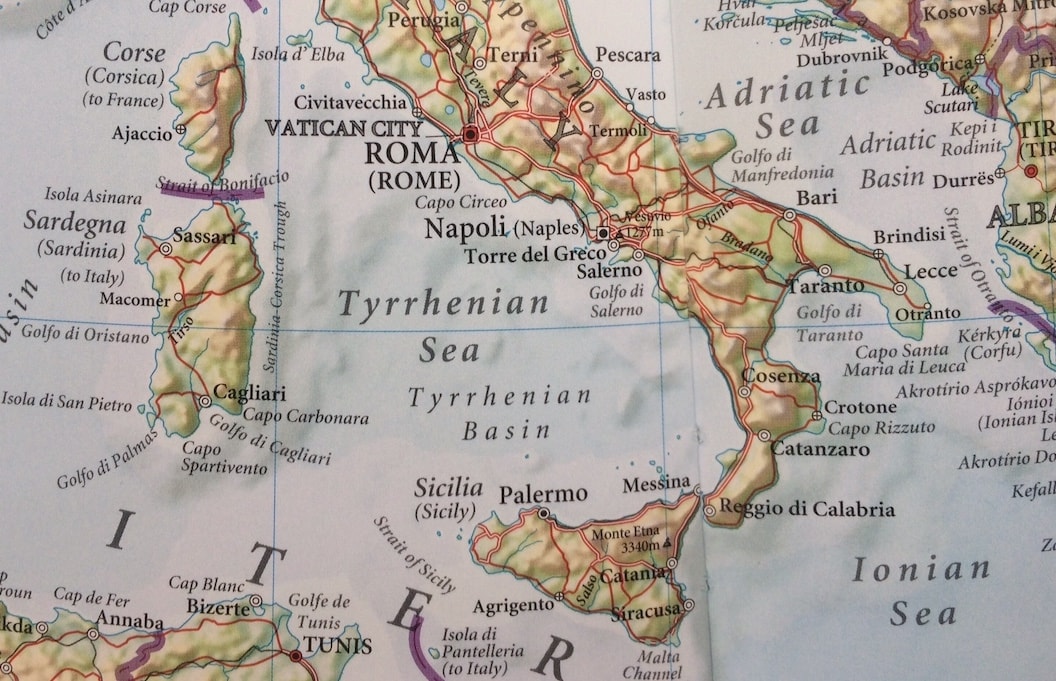
That first Sicilian oddity was followed by others. Its desserts for starters.
I made the mistake on my morning of arrival of ordering granita (thinking granola) to discover that Sicilians habitually feast on ice cream for breakfast. Cannoli is another strange one, a hot dog shaped pastry containing whipped ricotta and pistachio. The wise practice social distancing before taking a bite (oops!). And then there’s the garish green Sicilian cassata, famous throughout Italy. For a hemispherical bun it takes some beating. The Catanian version, in an indelicate but popular memorial to their patron saint, is iced white then topped with a glacé cherry. I’ll spare you the gory details; suffice to say that Saint Agatha came to a sticky end.
Sicily is almost Tunisia, so it’s no surprise that there are north African influences mixed with those of other seafaring cultures – Greek, Roman, Spanish, Norman even. They are to be seen in the superb array of UNESCO registered temples, amphitheatres, castles, and basilicas dotted around the long coastline, many of them clinging precariously to improbably steep rocks. And you feel Africa is present in today’s street markets, in which a Moorish trader of the past would surely be quite at home. The morning fish markets are alive with noise and activity, guts and fish heads miring ancient cobbles as the morning proceeds. They are a spectacle (in Catania you can view the market at a safe distance, from atop its surrounding walls), but they are less appealing if you happened to have hit the marsala the night before.
Exploring Sicily can be easily done by bus. But for a more philosophical pace of life why not try a Sicilian train? Yes, they are slow and infrequent, and often run late, and drop you at the foot of the rock on which your hotel is perched… but they are such a relaxing way of getting around! The 19th century railway engineers created spirals of lines to climb terrain that’s not easy for a train. There’s even a line around Europe’s only continuously erupting volcano, Mount Etna. Be sure to stop off at Taormina, where the railway station also acts as a museum for the town’s antiquities. Not a bad place to muse on life’s mysteries.
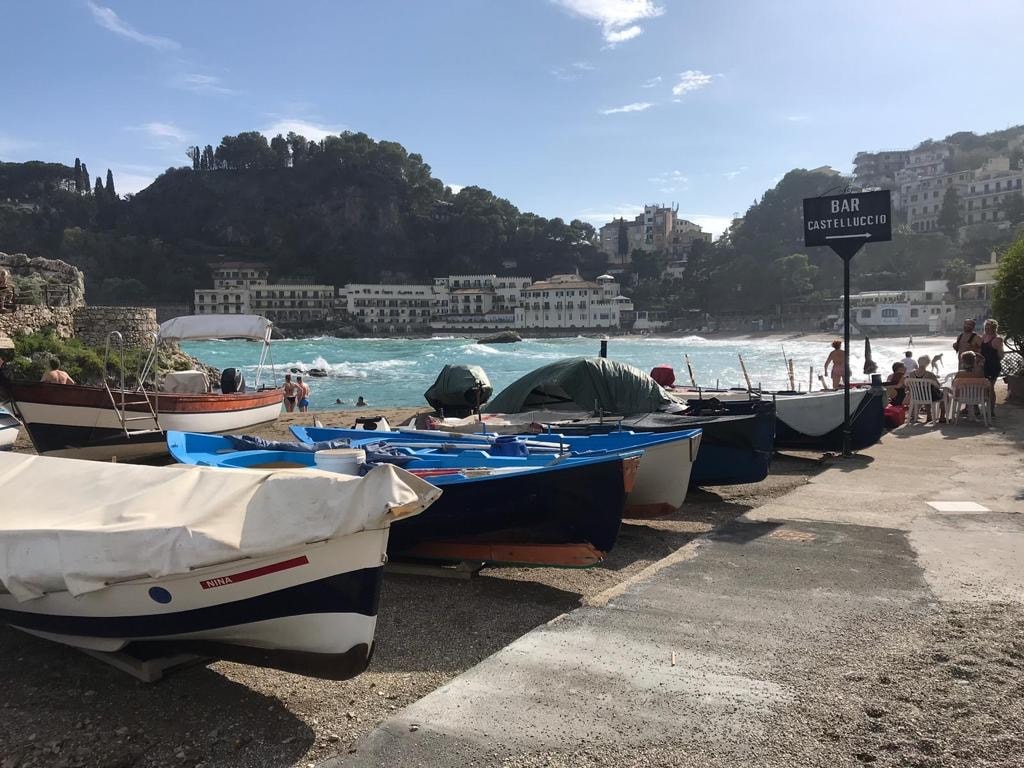
Getting there
The Thello, taking you from Paris into northern Italy, has to be the best value sleeper out there at only £100 for a single occupancy cabin, even if its menu, and furnishings, are somewhat spartan. Thello offers discounts on onward connections with Trenitalia, which runs sleeper trains southwards to Naples and into Sicily. These trains are old but clean, and convey couchette compartments as well as single and dual-occupancy sleeper bed compartments. Each carriage is equipped with toilets and basins (though it’s best to bring a spare toilet roll) and sleeper compartments have their own basin and wardrobe.
If you prefer to travel by day and savour the view, take a high speed TGV train from Paris to Turin or Milan, stay a night, then a Trenitalia or Italo high speed train to Rome, Naples or Salerno. From there trains are older and slower but still smooth and comfortable; they cling to the coast so you see plenty. Bring your own refreshments.
Overnight engineering works can result in trains being cancelled so it is worth booking the Italian trains before buying Eurostar tickets. Thello, Trenitalia and Italo start selling around the same time as Eurostar (about six months before you travel) and, if you get in early, you can travel to Sicily and back for around £300 sharing compartments. I did it for £500 with single occupancy throughout, and I had a day each in Padua and Naples along the way, as well as an afternoon and evening in Rome.
So I got my adventure – and without any sign of a pickpocket or mafioso!
